Spearmint
Spearmint is a herbaceous species of mint with pointed edible leaves. The pointed leaf tips earned these plants the name Spearmint or Spear Mint. These perennial plants are native to Europe and Asia. They are also known as Common Mint or Garden Mint. The leaves and essential oil of these herbal plants are used for various purposes.
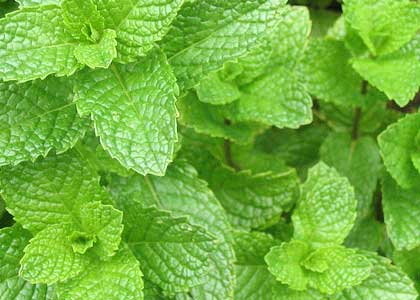
Spearmint
Table Of Content
Spearmint Scientific Name
The scientific name for these plants is Mentha spicata.
Spearmint Plant Description
These rhizomatous plants have a refreshing fragrance and attractive appearance:
Height: These plants can grow anywhere between 30 cm and 100cm in height.
Stem: Their green stem is hairless or slightly hairy.
Leaves: The leaves grow 5 to 9 cm in length and 1.5 to 3 cm in breadth with serrated margins.
Flowers: These plants have spiky pink or white flowers growing between 2.5 mm and 3 mm in length.
Roots: They have wide-spreading fleshy rhizomes.
Spearmint (Mentha spicata) Distribution
These herbal plants are native to wide regions of Europe and Asia including Balkan Peninsula and Turkey. They have also been introduced in other places like North America, New Zealand, Australia and Japan. These plants grow in all states of US except the state of North Dakota. They also grow in Canada.
Growing Spearmint Plants
These plants are grown for their leaves and the essential oil. It is very easy to grow Spear Mint as they need very low maintenance. However, controlling their growth is a hard work as their roots spread in a wide area looking for a new place to develop new shoots. Due to this reason, their planting should be done in an area where they will not harm any other trees or plants. One can also grow them in containers. The Spearmint seeds take anywhere between 12 to 16 days to germinate. However, it is better to grow them from stem cuttings or small plants rather than from seeds.
Growing Conditions
Soil: They grow well in rich, well-drained and moist loam soils with the ideal pH level ranging from 6.5 and 7.0. In case of mildly acidic soil, the pH should be 5.6.
Sunlight: Plenty of sunlight is required for their proper growth.
Water: Regular watering is necessary, but care should be taken not to overwater the plants.
Harvesting Spearmint Leaves
These perennial plants spend the first year of growth in building up the strength of their roots. So, the foliage does not develop much during this period. Due to this reason, the harvesting of the leaves starts from the second year. The fresh leaves are harvested just before the flowers bloom otherwise they lose their beautiful aroma.
Spearmint Oil
Oil is extracted from the leaves and flowering tops of these mint plants following the steam distillation process. The aroma of this greenish yellow essential oil is sweeter and milder than peppermint oil. This oil is used for both edible and medicinal purposes. It is generally considered to be non-irritant, non-toxic and non-sensitizing. The principal chemical components of this oil include a-pinene, b-pinene, 1, 8-cineole, carvone, caryophyllene, linalool, myrcene, limonene and menthol. It contains 0.5% menthol compared to 40% in peppermint.
Spearmint Tea
Dried leaves of these medicinal plants are used to make herbal tea following a simple recipe. It is a good alternative to coffee or black tea with a long history of being used by humans. This tea offers numerous health benefits and is used for various medicinal purposes. Recent studies show that it might be able to control unwanted facial hair-growth in women. One can also mix these leaves with green tea to add a refreshing flavor to the regular green tea.
Spearmint Benefits
Numerous health benefits can be derived from the leaves and essential oil of these herbal plants. The refreshing herbal tea made from their dried leaves also offer many benefits.
Spearmint Tea Health Benefits
- It is beneficial for irritable bowel symptoms like colonic muscle spasms, digestive problems and stomach ache.
- This tea can fight nausea.
- It can also alleviate heartburn.
- This herbal tea can relieve respiratory problems like asthma.
- This tea can alleviate sore throat, cough and cold.
Spearmint Oil Benefits
- This oil has anti-septic properties that prevent wounds and ulcers form getting infected and becoming septic.
- This oil works as a disinfectant and fights acne.
- It also has anti-spasmodic properties which relive spasmodic coughs, aches in abdominal regions, muscle cramps and spasmodic cholera.
- The calming properties of this oil are beneficial for stress related problems like restlessness, headache and insomnia.
- It also stimulates the brain, nerves and blood circulation.
- It is also beneficial for digestive problems, stomach aches, loss of appetite and vomiting.
Other Benefits
- Fresh leaves of these plants are rich in numerous nutrients and anti-oxidants.
- It contains calcium, iron, potassium, manganese and Magnesium.
- Spearmint leaf extract is beneficial for many respiratory problems including asthma and bronchitis.
- They help to burn excess fat by improving metabolism.
- They also fight bad breadth while preventing gum diseases.
Spearmint Herb Nutritional Fact
Here is the nutritional value for 100 gm fresh Spearmint leaves:
Principle Nutrients:
| Name | Amount |
| Energy | 44 Kcal |
| Carbohydrates | 8.41 g |
| Protein | 3.29 g |
| Total Fat | 0.73 g |
| Cholesterol | 0 mg |
| Dietary Fiber | 6.8 g |
Vitamins:
| Name | Amounts |
| Folates | 105 mcg |
| Niacin | 0.948 mg |
| Pyridoxine | 0.158 mg |
| Riboflavin | 0.175 mg |
| Thiamin | 0.078 mg |
| Vitamin A | 4054 IU |
| Vitamin C | 13.3 mg |
Minerals:
| Name | Amounts |
| Calcium | 199 mg |
| Copper | 0.240 mg |
| Iron | 11.87 mg |
| Magnesium | 63 mg |
| Manganese | 1.118 mg |
| Zinc | 1.09 mg |
Spearmint Uses
The leaves of these plants are used as herb in various cuisines. The essential oil extraction also has many edible uses. They are used for many medicinal purposes as well.
Edible Uses
- Fresh leaves of these herbal plants are used for flavoring cooked foods and salads.
- Raw leaves are chewed for keeping the mouth fresh.
- They are often used for making mint sauce and mint jelly.
- These leaves are used in their dried form for making highly beneficial herbal tea.
- The essential oil extracted from these leaves is used as a flavoring agent in ice-creams, sweets and drinks.
Medicinal Uses
- These leaves are used as a herbal remedy for fevers, stomach ache, vomiting, headaches and digestive problems.
- They are used for fighting many glandular and respiratory problems.
- The leaves of these medicinal plants are used for treating colic.
- The essential oil of these plants is used for curing dermatitis and hives.
Other Uses
- The essential oil extraction is used in many anti-septic and anti-fungal creams and lotions.
- It is widely used in aromatherapy.
- The leaves and essential oil of these plants are used in toothpastes, mouth fresheners, soaps and shampoos.
- They are used as insect repellants.
Using Spearmint during Pregnancy
One should avoid using this herb during pregnancy as it may cause some complications. Using the essential oil should also be avoided during this time.
How to Cook Spearmint?
Fresh whole leaves of these herbal plants can be used for cooking or one may chop them in order to add them to a dish. However, it is important to wash the leaves properly before using them for any edible purpose. Dried and ground Spearmint leaves are used as herb.
Spearmint Recipes
This herb is used in numerous wonderful recipes including:
- Carob Mint Tea
- Cantaloupe Salad With Spearmint Cream
- Tabouli
- Spearmint Ice Cream
- Spearmint Jelly
How to Store Spearmint?
One can spread the fresh leaves of these herbal plants on a plastic sheet and dry them under shade in order to store them. Dried leaves should be stored in tightly sealed containers away from direct sunlight. Fresh leaves can be frozen or they can be preserved in alcohol, oil, salt or sugar syrup.
Spearmint Side Effects
There are no known side effects of using this herb; however, overconsumption may cause some adverse effects.
Spearmint Interesting Facts
Here are some interesting facts about these medicinal plants:
- They were used for purifying water in battlefields during the American Civil War.
- This herb was used as a stewing herb to deter rodents during the middle ages.
- Peppermint, ginger mint and apple mint plants are hybrids involving Spearmint.
Spearmint Price and Availability
One can buy this herb and the herbal tea in stores or online. One pound of this herb costs between $ 2 and $ 4. The essential oil of these herbal plants is also available online with the price for 10 ml oil ranging from $ 4 to $ 5.
Spearmint Pictures
Take a look at some awesome images of these herbs:
Spearmint is one of the most popular herbs used in many countries. It is the source for the popular “Spearmint” flavor. Many well known brands use this herb for flavoring gums, ice-creams and beverages. The endless health benefits offered by these medicinal plants also help in making them popular.
References:
https://www.webmd.com/vitamins/ai/ingredientmono-845/spearmint
https://gardenerspath.com/plants/herbs/grow-spearmint/
https://www.rxlist.com/spearmint/supplements.htm
http://www.nutrition-and-you.com/spearmint.html
http://www.savvyteasandherbs.com/products/Spearmint-Leaf.html
- by Deepamala Bhattacharya
- December 5th 2011

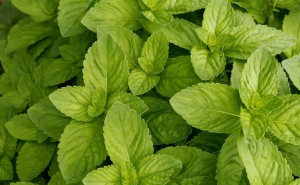
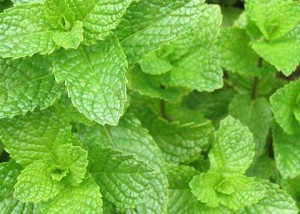
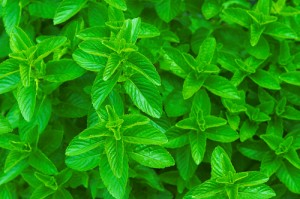
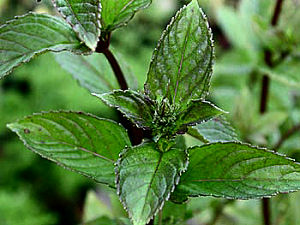
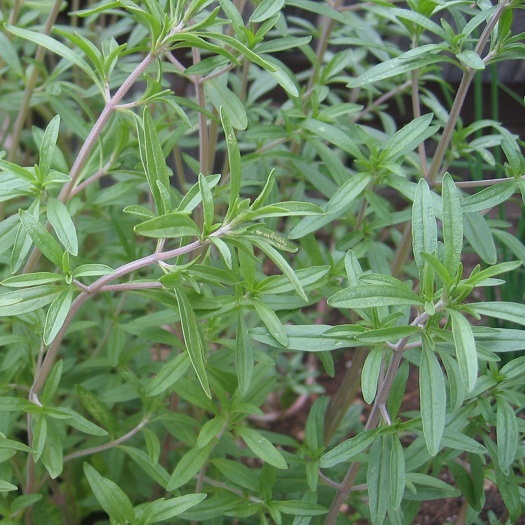
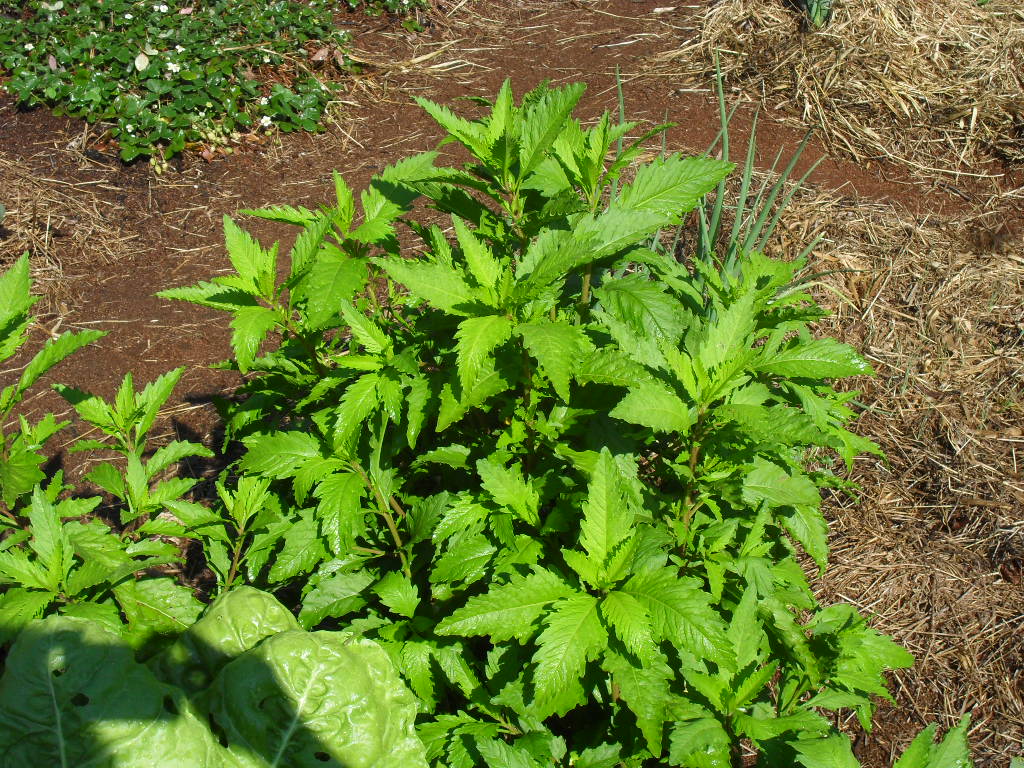

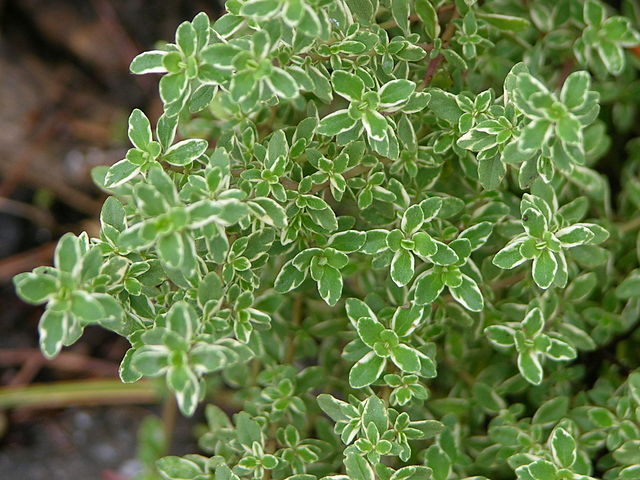















Leave a Reply